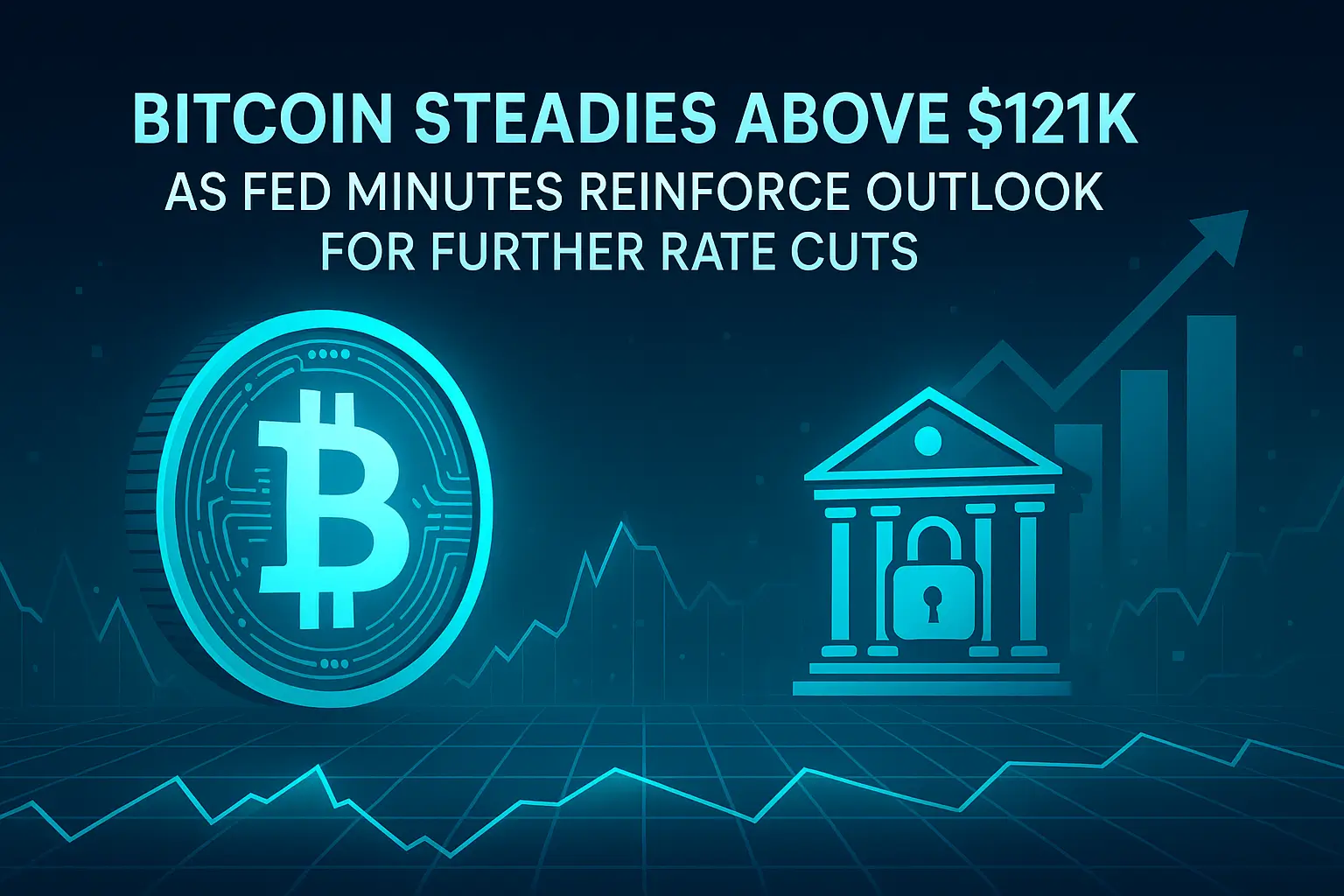While the broader crypto market sank in panic, BNB (Binance Coin) managed to defend its footing above the $1,000 mark.
Key Takeaways:
- Amid a $19 billion crypto market sell-off, BNB’s drawdown stayed relatively mild, holding above $1,000 even as other major tokens dropped double digits.
- The crash was triggered by macro headlines (notably U.S. tariff news) that rippled through digital assets, forcing margin liquidations and cascading weakness.
- BNB’s strength is partly rooted in its dual utility as an exchange token (fee discounts, staking) within the Binance ecosystem, which provided structural demand under stress.
On October 10, the global cryptocurrency market was rattled by a sharp, sudden sell-off triggered by macroeconomic jitters and renewed U.S. tariff concerns. The move wiped out over $19 billion from total market capitalization in just hours as reported by Watcher Guru on X (formerly Twitter), which caused a wave of liquidations across major exchanges. Data from TradingView shows that Bitcoin and Ethereum fell sharply, while several altcoins plunged by double digits as leveraged positions were flushed out.
Despite the broad downturn, BNB’s decline was relatively contained. At its intraday low, the token slipped about 9.6% before quickly rebounding above the $1,000 mark as seen in CoinMarketCap’s real-time market data, which is a psychological level closely watched by traders. The event underscored both the fragility of speculative positions and the resilience of tokens backed by real network demand.

BNB Shows Relative Strength During the Crash
BNB’s ability to remain above $1,000 while the rest of the market plunged highlighted its distinct market structure. As the native asset of the world’s largest crypto exchange, Binance, BNB enjoys consistent utility across trading fee discounts, staking programs, and DeFi-related activities within its ecosystem. Analysts note that these built-in demand drivers give BNB a more stable base compared to purely speculative assets.
According to CoinMarketCap’s market data, BNB briefly dipped to around $970 but stabilized quickly as buying activity surged. The token’s resilience was further supported by long-term holders who viewed the correction as a buying opportunity rather than a signal to exit. In contrast, many smaller altcoins suffered steep losses, underscoring investors’ tendency to consolidate into tokens with stronger fundamentals during volatile conditions.
Market Snapshot: BNB Real-Time Data
As of this writing (7:15AM UTC), BNB is trading at approximately $1,167.10, showing a positive price action and gaining around 6.8% over the past 24 hours and after the broader crypto market dump. The token’s peak price today reached approximately $1,180.33, while intraday lows were seen near $1,088.64, as per CoinGecko.
Analysts Point to Utility and Investor Confidence
Market analysts attribute BNB’s steady performance to investor confidence in Binance’s ecosystem. The exchange continues to dominate global crypto trading volumes and recently expanded its compliance and transparency measures to reassure both users and regulators.
A CryptoQuant analyst emphasized BNB’s strength despite the broader crypto market dump due to its actual use case on a “high-traffic exchange”
As long as Binance remains dominant, there will be demand for BNB. the analyst added.
Outlook: Stability Tested by Broader Volatility
BNB’s near-term outlook hinges on its ability to maintain support above $1,000. A drop below that level could trigger further downside, while sustained strength above $1,100 may signal renewed investor confidence. For now, the token’s utility-driven demand and Binance’s dominant position in global trading provide it with a degree of insulation from the broader crypto market turmoil, though not complete immunity.
Summary
BNB weathered a sharp $19B market sell-off and held > $1,000, rebounding as investors favored utility-backed assets. Structural demand from Binance ecosystem use (fees, staking) and buyer support helped stabilize price, with $1,000 key support and $1,100+ a confidence signal.




















